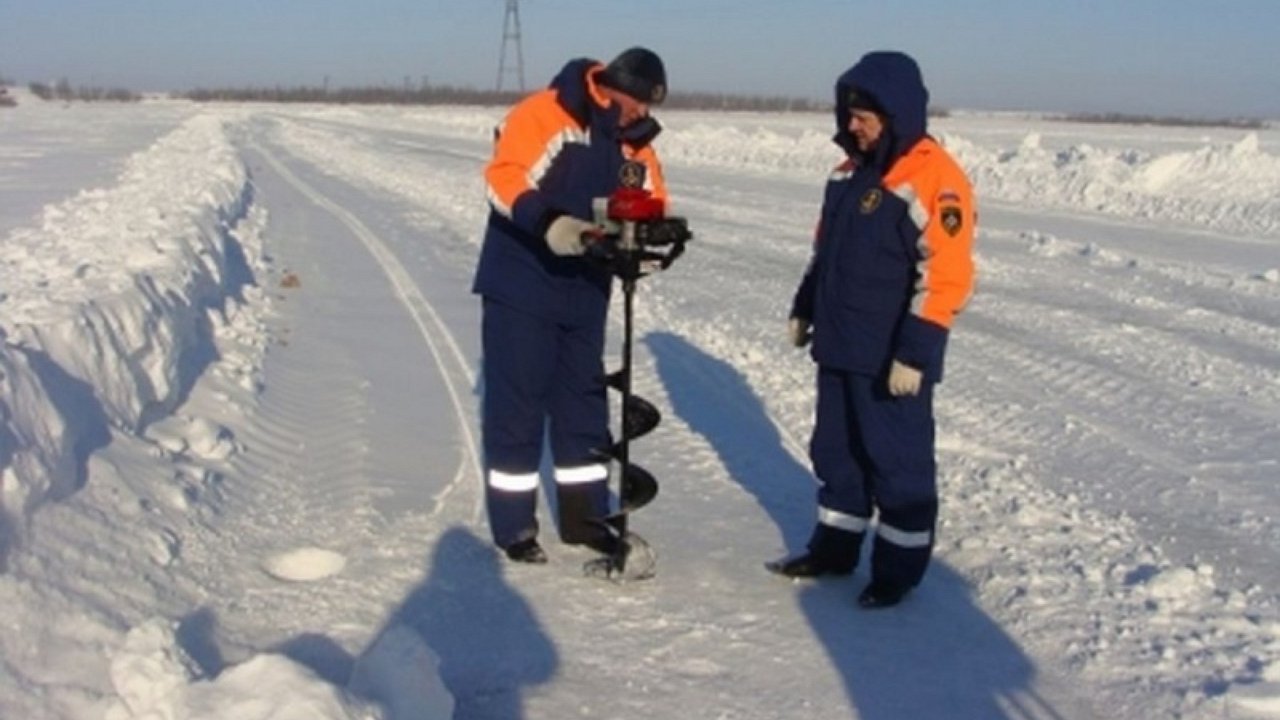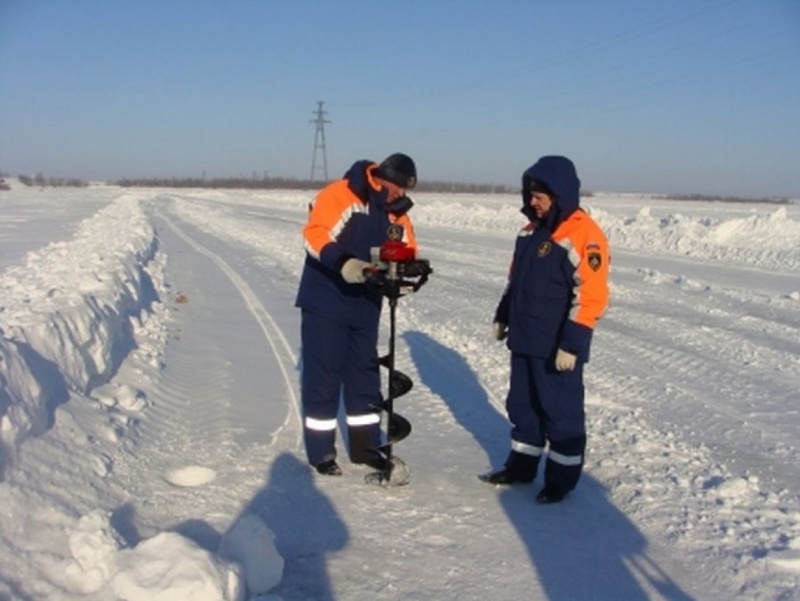Why do people in the northern regions of Russia buy old tank tracks?
- December 29, 2023
- 0
Our native land is vast, there are many places and places where the way of life is determined by the climate. The north has its own foundations, which
Our native land is vast, there are many places and places where the way of life is determined by the climate. The north has its own foundations, which


While Muscovites and Leningraders complain to the authorities that they are not removing the heavy snow that has fallen too quickly, the people of the northern regions of our vast country are solving the problem themselves. In some cases it is easier to do it yourself, come to an agreement and “turn the flywheel” than to wait for help and write letters. For example, on roads in the north – winter roads – you rarely see municipal vehicles, so the locals have their own way of organizing the passage of trucks and cars. Even after heavy snowfall.
To do this they use traces of heavy equipment or tanks, but not for the purpose we are all familiar with. The “guslya” is not put on tracks, which increases the cross-country capabilities of one vehicle, but is folded into a triangle and hooked to the most all-terrain vehicle available. Then the MTLB or tractor drags the resulting dragnet across the road, clearing the way for everyone. Not very fast, but reliable and productive.
For example, the T-72 caterpillar weighs 1,798 kg, it does not throw or sway back and forth, so by slow and confident movements you can break the winter road, along which wheeled vehicles can already move. This method makes roads passable much faster than the usual weapons of public utilities, but at the same time costs much less: in fact, such a “snow blower” processes tens of kilometers of roads. After the passage, KamAZ and other trucks go quietly to their addresses, without fear of getting stuck.
This method was already developed in the Soviet years; in winter, routes to logging sites and other remote logging sites were created in this way. When there was especially a lot of snow, instead of a “harp” they took a huge welded metal triangle made of thick metal, which was also covered with snow for additional weight. And they set off.
While Muscovites and Leningraders complain to the authorities that they are not removing the heavy snow that has fallen too quickly, the people of the northern regions of our vast country are solving the problem themselves. In some cases it is easier to do it yourself, come to an agreement and “turn the flywheel” than to wait for help and write letters. For example, on roads in the north – winter roads – you rarely see municipal vehicles, so the locals have their own way of organizing the passage of trucks and cars. Even after heavy snowfall.
To do this they use traces of heavy equipment or tanks, but not for the purpose we are all familiar with. The “guslya” is not put on tracks, which increases the cross-country capabilities of one vehicle, but is folded into a triangle and hooked to the most all-terrain vehicle available. Then the MTLB or tractor drags the resulting dragnet across the road, clearing the way for everyone. Not very fast, but reliable and productive.
For example, the T-72 caterpillar weighs 1,798 kg, it does not throw or sway back and forth, so by slow and confident movements you can break the winter road, along which wheeled vehicles can already move. This method makes roads passable much faster than the usual weapons of public utilities, but at the same time costs much less: in fact, such a “snow blower” processes tens of kilometers of roads. After the passage, KamAZ and other trucks go quietly to their addresses, without fear of getting stuck.
This method was already developed in the Soviet years; in winter, routes to logging sites and other remote logging sites were created in this way. When there was especially a lot of snow, instead of a “harp” they took a huge welded metal triangle made of thick metal, which was also covered with snow for additional weight. And they set off.
Source: Avto Vzglyad
Donald Salinas is an experienced automobile journalist and writer for Div Bracket. He brings his readers the latest news and developments from the world of automobiles, offering a unique and knowledgeable perspective on the latest trends and innovations in the automotive industry.